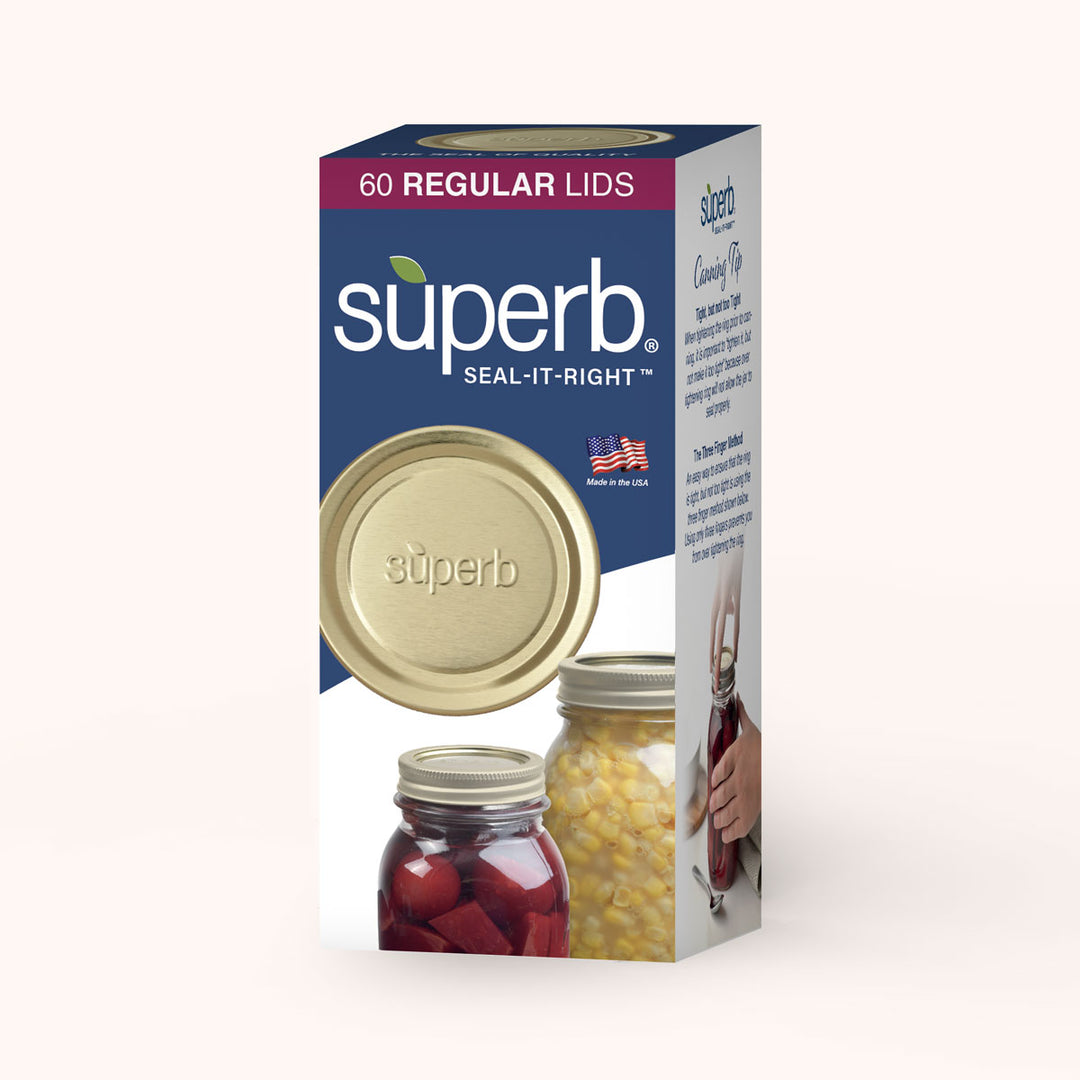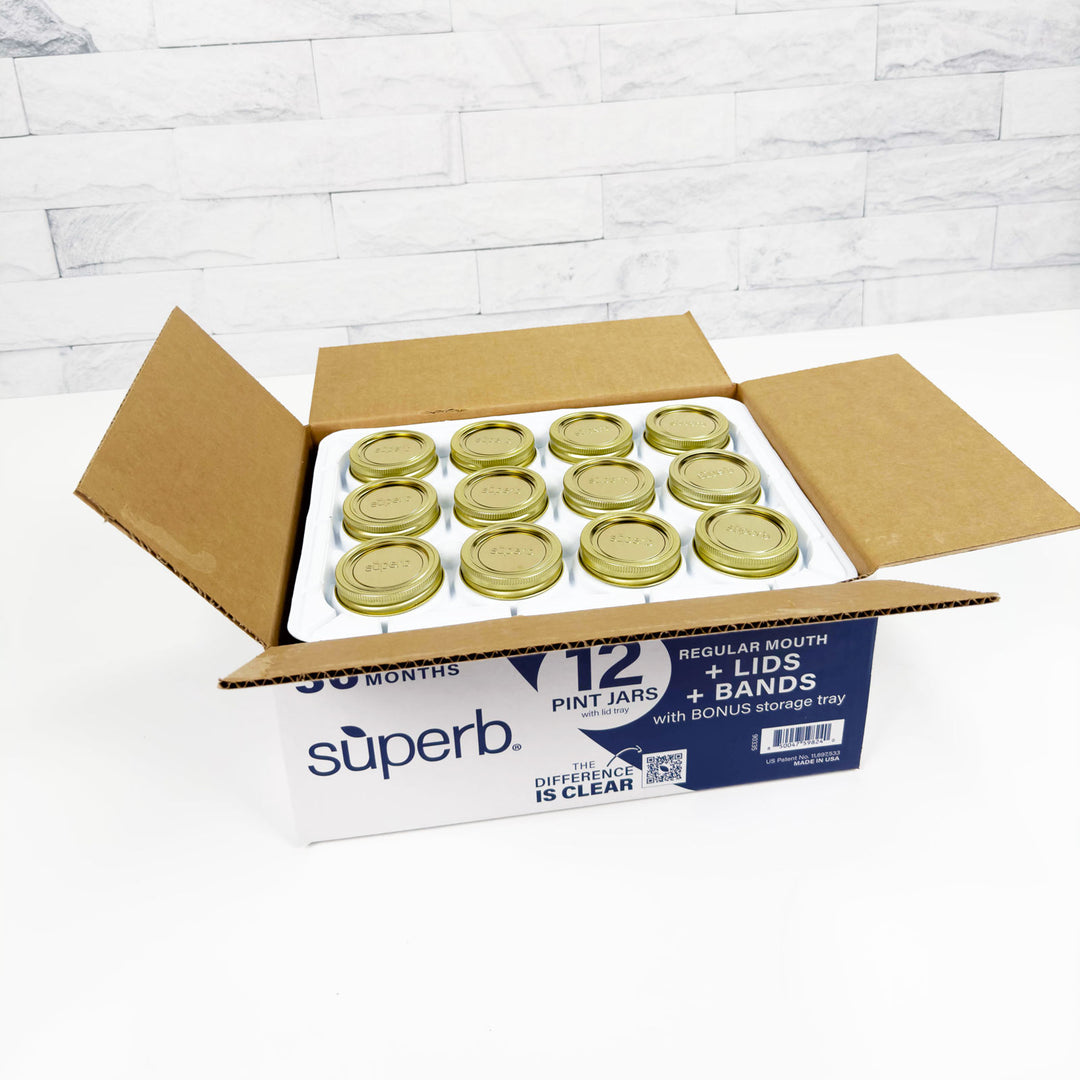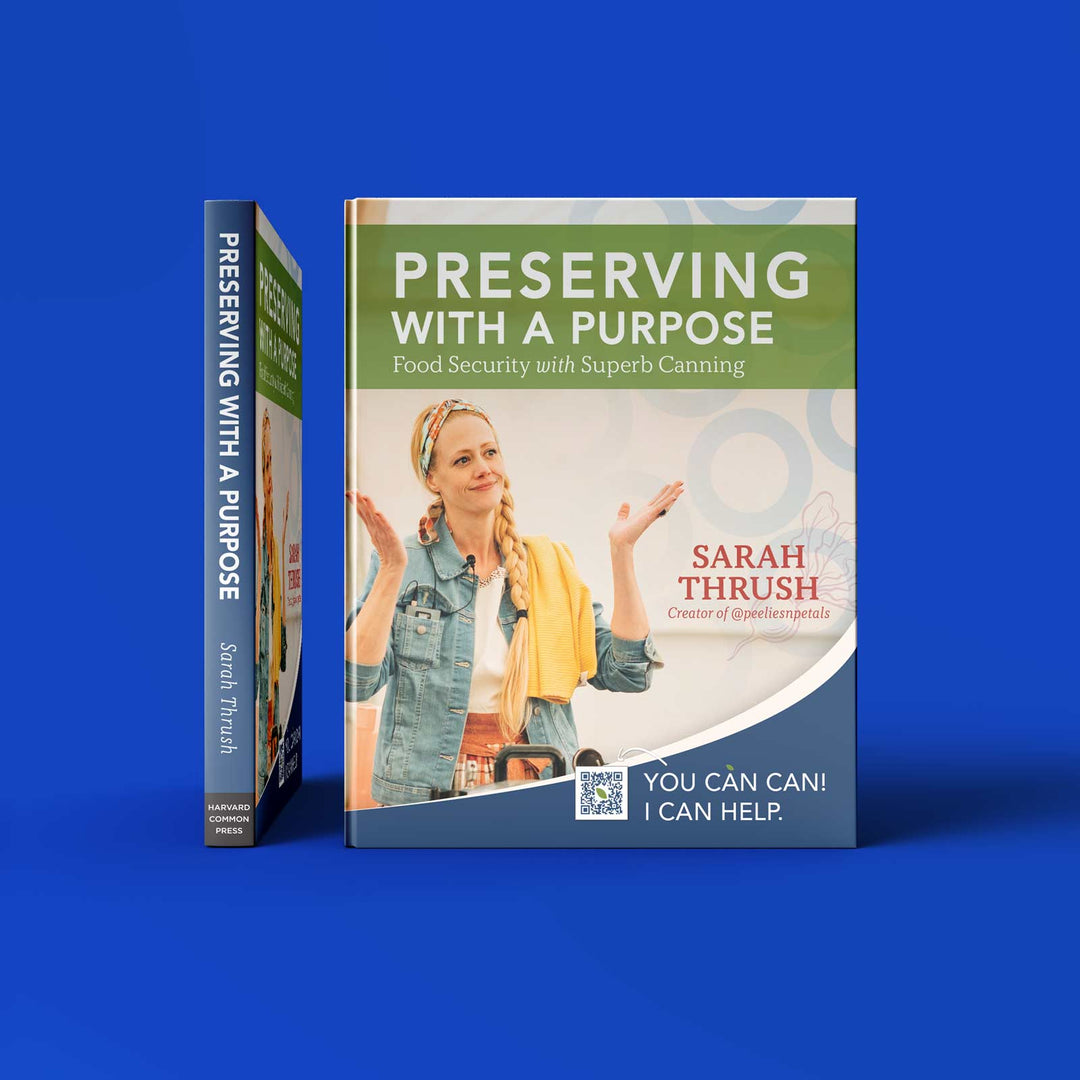How Tight Should Canning Rings Be?
Ever heard the phrase finger tight when learning how to can?
It’s one of those terms that sounds helpful… until you realize everyone has a different idea of what it actually means. And when it comes to sealing jars, getting it right matters.
Let’s walk through a simple shift that can make a big difference in how your jars seal—especially if you’re using lids with a strong seal like Superb.
Superb canning lids are built tough. They have a thick seal and sturdy metal construction. That’s a good thing—once they’re on the jar, they stay put. The seal does exactly what it’s supposed to: hold strong and keep your food preserved.
But that strong seal can work against you if the ring is put on too tight.
@peeliesnpetals Replying to @justbreathecraftco hope this helps. At midnight my brain stops braining. Also be sure to pay attention to headspaces and clean unchipped jar rims #peeliesnpetals ♬ original sound - Sarah Plain & Tall (Thrush)
The Problem With “Too Tight”
When a lid is screwed on too tightly, it doesn’t have the freedom to flex during processing. That little bounce is how it vents excess air and creates a proper vacuum inside the jar. If it’s cranked down with both hands, the lid might trap air inside—or seal too early—and you’re left wondering what went wrong.
Let’s reframe finger tight into something more helpful: finger light.
Here’s how to do it:
- Use just three fingers to tighten the ring.
- Keep your other hand behind your back—seriously.
- Twist the ring until it just engages the jar and you feel the jar start to spin. Stop there.
That’s it. No overthinking, no over-tightening.
Giving the lid a little room to breathe (literally) helps it vent oxygen during processing. Once it cools, the vacuum seal will form correctly, and your food will stay preserved the way it’s supposed to.
When in doubt, lighten up. It might feel too loose at first, but trust the process—and your lids.









